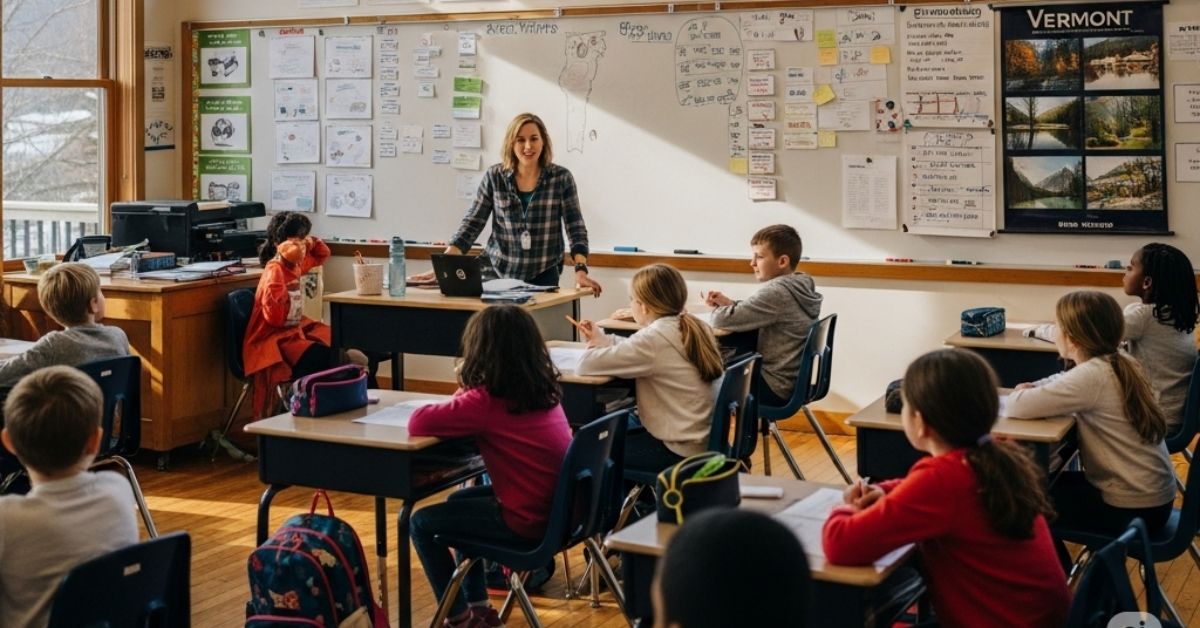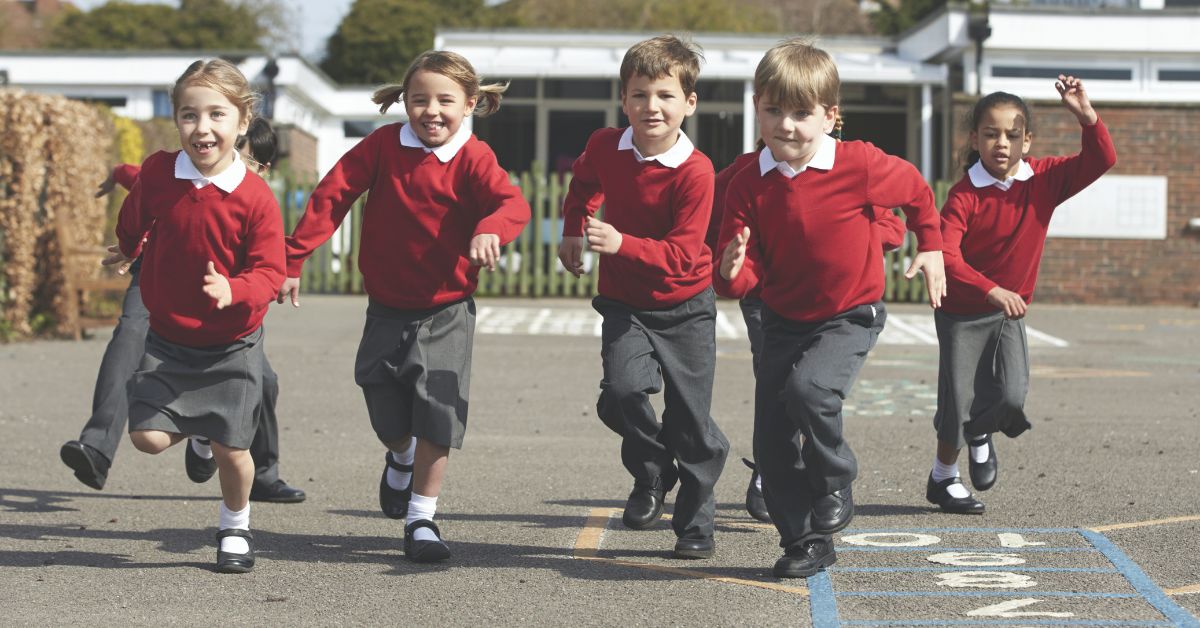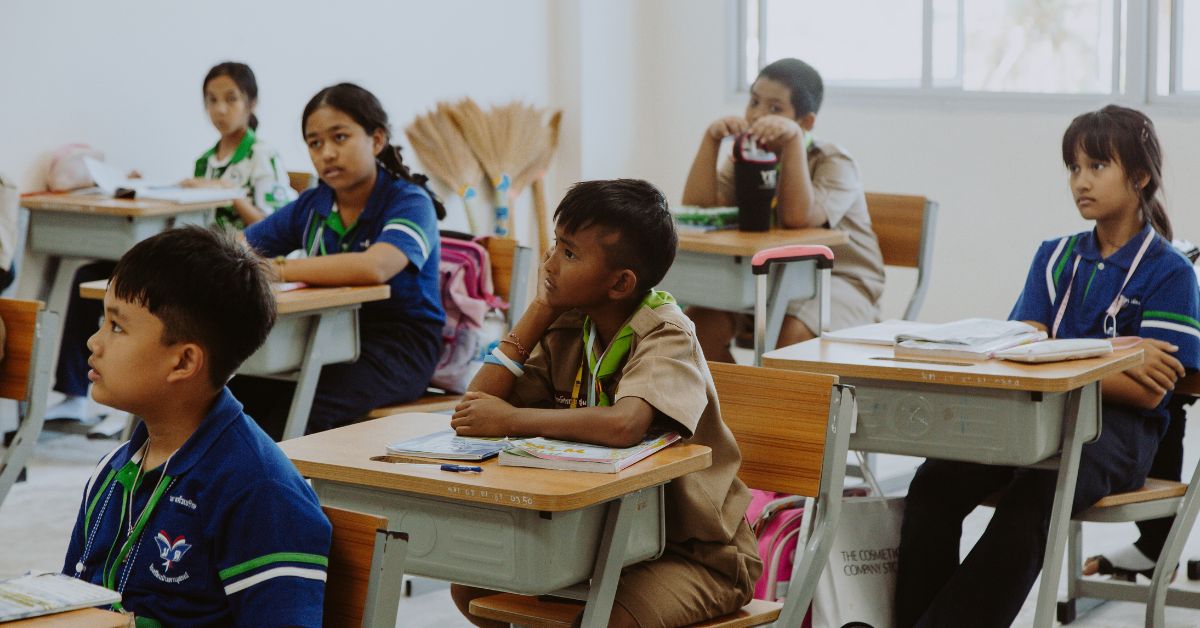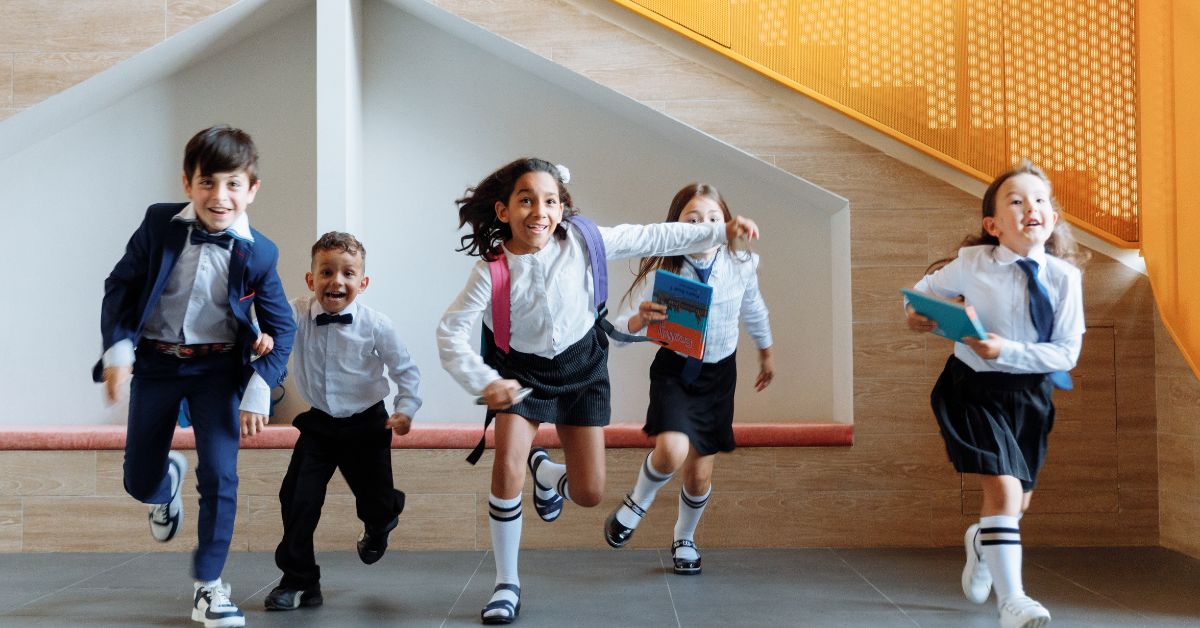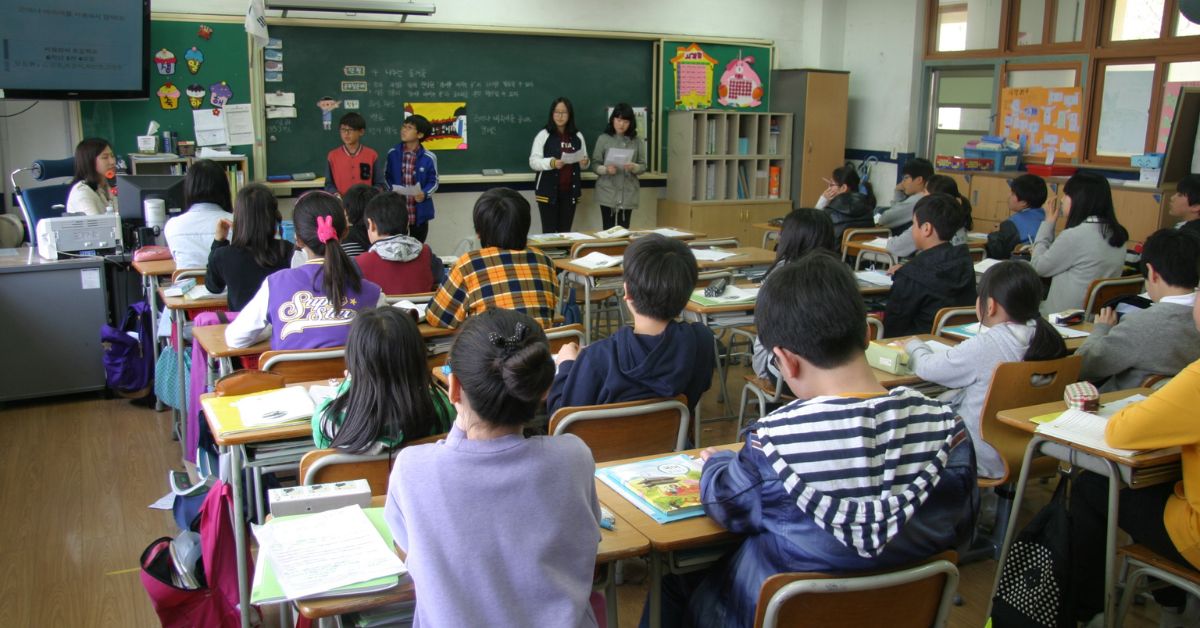Imagine a classroom where students talk about climate change, homelessness, and social justice—not just as abstract topics, but as problems they can help solve. In Vermont and beyond, more educators are creating learning spaces that care deeply about the world we live in.
This kind of classroom goes beyond textbooks and grades. It invites students to ask questions, think critically, and act with compassion. It’s about learning that connects hearts and minds—and empowers young people to make a difference.
Let’s explore how Vermont schools are creating classrooms that care—and why it matters more than ever.
Why the World Needs Caring Classrooms
We’re living in a time of big challenges:
🌍 Climate change
🌍 Mental health crises
🌍 Racial injustice
🌍 Inequality
🌍 Environmental destruction
Students are aware of these issues—and many feel overwhelmed. But what if school was a place where they didn’t just learn about these problems… but learned how to respond?
That’s what a caring classroom does. It helps students grow into thoughtful, informed, and active citizens who feel a sense of responsibility for their world
Start With Empathy
Caring classrooms start with one simple value: empathy.
In a Vermont middle school, a teacher began the year with a question:
“What makes people feel safe and welcome in a space?”
Together, the class created a “Kindness Code” with rules like:
- Listen with your full attention
- Assume good intentions
- Celebrate differences
From there, everything changed. Discussions became deeper. Group work became more respectful. And when tough topics came up—like racism or bullying—students knew how to support one another.
Empathy isn’t just a nice feeling. It’s a powerful skill—and the foundation of a caring classroom.
Teaching Big Ideas Through Real-World Topics
A classroom that cares doesn’t avoid tough issues. Instead, it helps students explore them in age-appropriate and meaningful ways.
For example:
- A 5th-grade class learned about plastic pollution, then started a local “zero waste” campaign.
- High schoolers studied the history of housing discrimination, then presented policy ideas to their town’s planning board.
- Elementary students read stories from around the world and created a “Global Festival” to share cultures and raise money for clean water.
These projects don’t just teach facts—they grow curiosity, creativity, and compassion.
Learning by Doing: Service Projects in the Classroom
Another powerful way Vermont educators create caring classrooms is through service learning.
In service learning, students:
- Identify a real need in their community
- Design a project to address it
- Reflect on what they’ve learned
One Vermont school noticed that local seniors were feeling isolated after COVID. So students interviewed them over Zoom, created “life story” booklets, and hosted a community celebration to honor them.
In another school, students worked with farmers to grow vegetables for the food bank—and learned about soil health, nutrition, and local economics along the way.
These experiences make learning real—and help students see that their actions matter.
Student Voice = Student Power
In a caring classroom, students aren’t just listeners. They’re leaders.
More Vermont schools are including students in decision-making—about what they learn, how they learn, and how their school runs.
One middle school has a “student justice committee” that helps resolve conflicts and suggest changes. Another invites students to help plan school-wide events focused on mental health and equity.
When students feel heard, they care more. And when they care, they lead.
Wellbeing First: A Safe Space to Learn
Before students can care about the world, they need to feel safe and supported in their own lives.
That’s why Vermont schools are also prioritizing:
- Mental health check-ins
- Mindfulness practices
- Restorative justice instead of punishment
- Social-emotional learning programs
In one classroom, students start each day with a “Feelings Circle,” where they can share how they’re doing. This small routine helps build trust—and shows students that their emotions matter.
Caring classrooms support the whole child, not just their test scores.
Schools That Care Grow Citizens Who Care
In a world facing complex challenges, we need more than just smart students—we need kind, thoughtful, and brave citizens.
That’s why creating a classroom that cares about the world is so important. It prepares students to step into the future—not with fear, but with hope and purpose.
Vermont educators are showing what’s possible. When we teach with empathy, connect to real-world issues, and give students a voice, school becomes more than a place to learn—it becomes a place to grow into who we’re meant to be.

